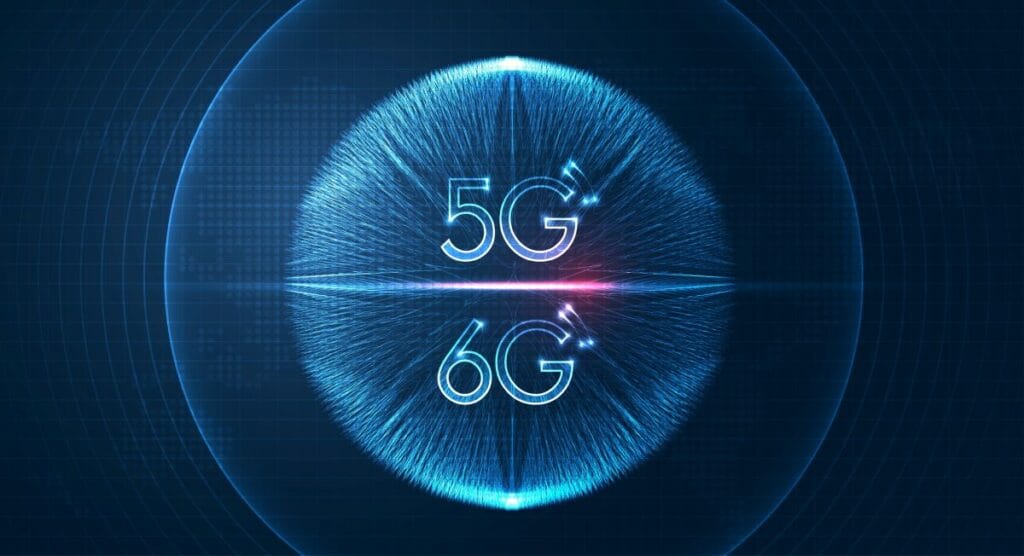As we continue to see rapid advancements in technology, the conversation is already shifting from 5G to the next big leap: 6G. While it is still being rolled out across the globe, researchers and tech giants are already envisioning what the sixth generation of wireless technology will bring. So, what exactly is 6G, and how will it impact our daily lives?
Understanding 6G The Next Evolution in Wireless Technology
6G stands for the sixth generation of wireless technology, which promises to build on the foundation laid by 5G. It aims to offer unprecedented speeds, ultra-low latency, and enhanced reliability, facilitating a range of advanced applications such as immersive extended reality (XR), artificial intelligence (AI) integration, and high-fidelity holography.
What Does 6G Mean for You?
The leap from 5G to 6G will bring about transformative changes in how we interact with technology:
- Ultra-Fast Internet: With speeds potentially reaching up to 1 terabit per second (Tbps), downloading large files, streaming high-definition content, and playing online games will become instantaneous.
- Real-Time Connectivity: Latency could be reduced to as low as 1 microsecond, enabling real-time applications such as autonomous vehicles, remote surgeries, and smart city infrastructure.
- Enhanced Virtual and Augmented Reality: it will support more immersive VR and AR experiences, making virtual meetings, education, and entertainment more interactive and lifelike.
- Internet of Everything (IoE): Billions of devices will be interconnected seamlessly, supporting the next generation of smart homes, industries, and cities.
The Edge of Tomorrow Why 6G Outshines 5G

6G is poised to significantly outshine 5G in several key areas:
- Speed: While 5G offers speeds up to 10 Gbps, it aims to provide speeds up to 100 times faster, revolutionizing data transfer and communication.
- Latency: The latency in it could be reduced to microseconds, enabling applications that require instantaneous data processing and response.
- Connectivity: Enhanced connectivity will support a vast number of devices, crucial for the development of IoE and smart environments.
- Advanced Applications: it will facilitate advanced applications such as AI integration, high-fidelity holograms, and tactile internet, where users can experience the sensation of touch through the internet.
Is 6G Really Necessary?
Absolutely. As the demand for data, speed, and connectivity continues to grow, it will be essential to meet these needs. It will support advanced technologies that require ultra-fast and reliable connections, such as autonomous vehicles, smart cities, and next gen immersive experiences. Without it, the potential of these technologies would be limited by the constraints of 5G.
What Would 6G Deliver?

It has the potential to deliver several groundbreaking features:
- Speeds up to 1 Tbps: This will enable instantaneous data transfer, transforming industries and personal computing.
- Latency as low as 1 microsecond: Ultra-low latency will support real-time applications that are currently not feasible.
- Advanced AI Integration: AI will be seamlessly integrated into networks, enabling smarter and more efficient automation.
- Enhanced Security: it will feature advanced security protocols to protect data and privacy.
- Global Coverage: Integration with satellite technology will provide connectivity in remote and underserved areas.
When to Anticipate 6G?
It is still in the research and development phase, with widespread deployment expected around 2030. Early trials and prototypes may emerge in the mid-2020s, with standards and infrastructure gradually being developed and implemented. As with previous generations, the transition to it will be gradual, starting with preliminary implementations before becoming mainstream.
Conclusion
The transition to 6G will mark a new era in connectivity, enabling transformative technologies and applications that will reshape our world. While we are still years away from seeing it in action, its potential benefits are already clear.
Faster speeds, lower latency, and enhanced reliability will unlock new possibilities, making our digital experiences more immersive and efficient than ever before. As we look forward to the edge of tomorrow, 6G promises to be a cornerstone of our connected future.



Pingback: Understanding 4D Printers How They Differ from 3D Printers Understanding 4D Printers How They Differ from 3D Printers